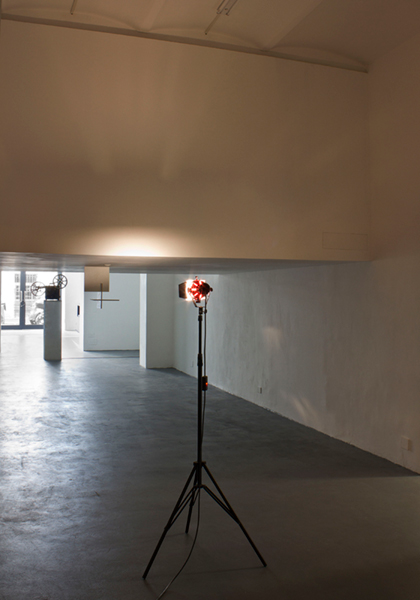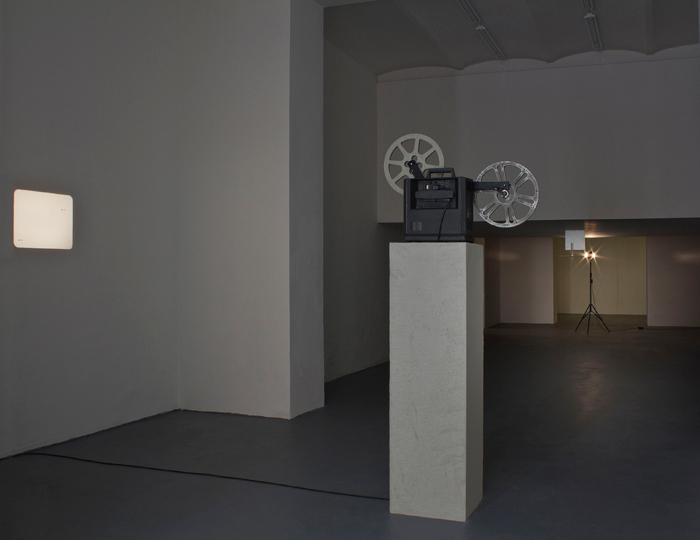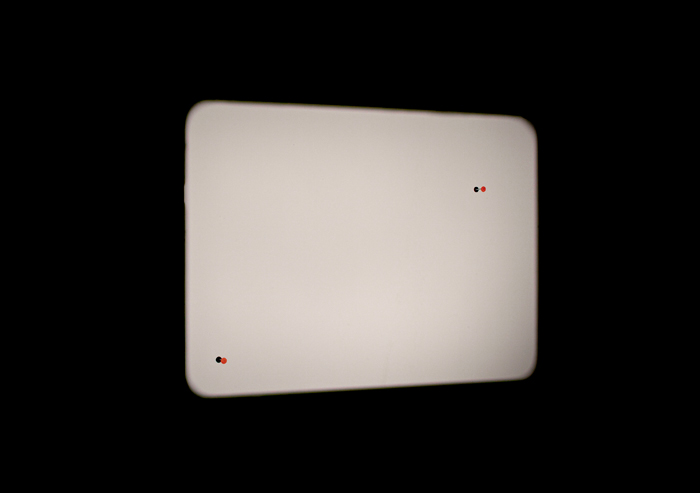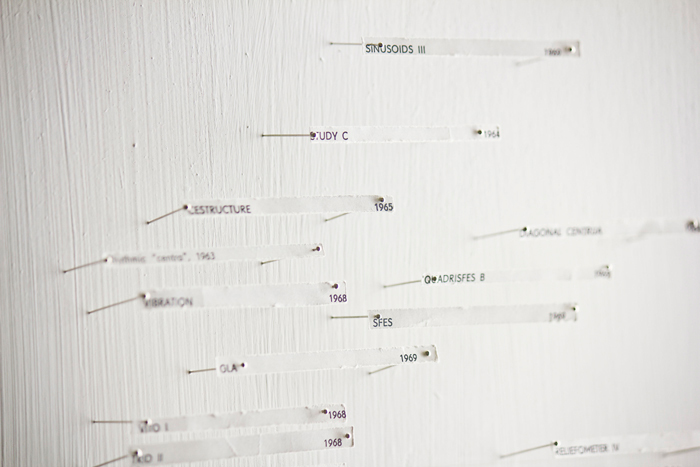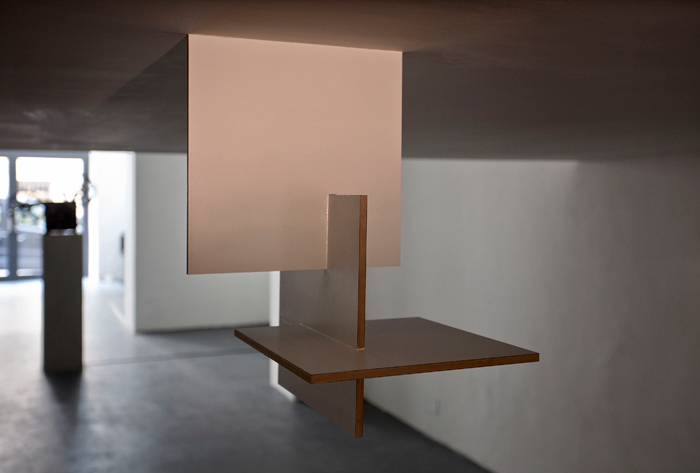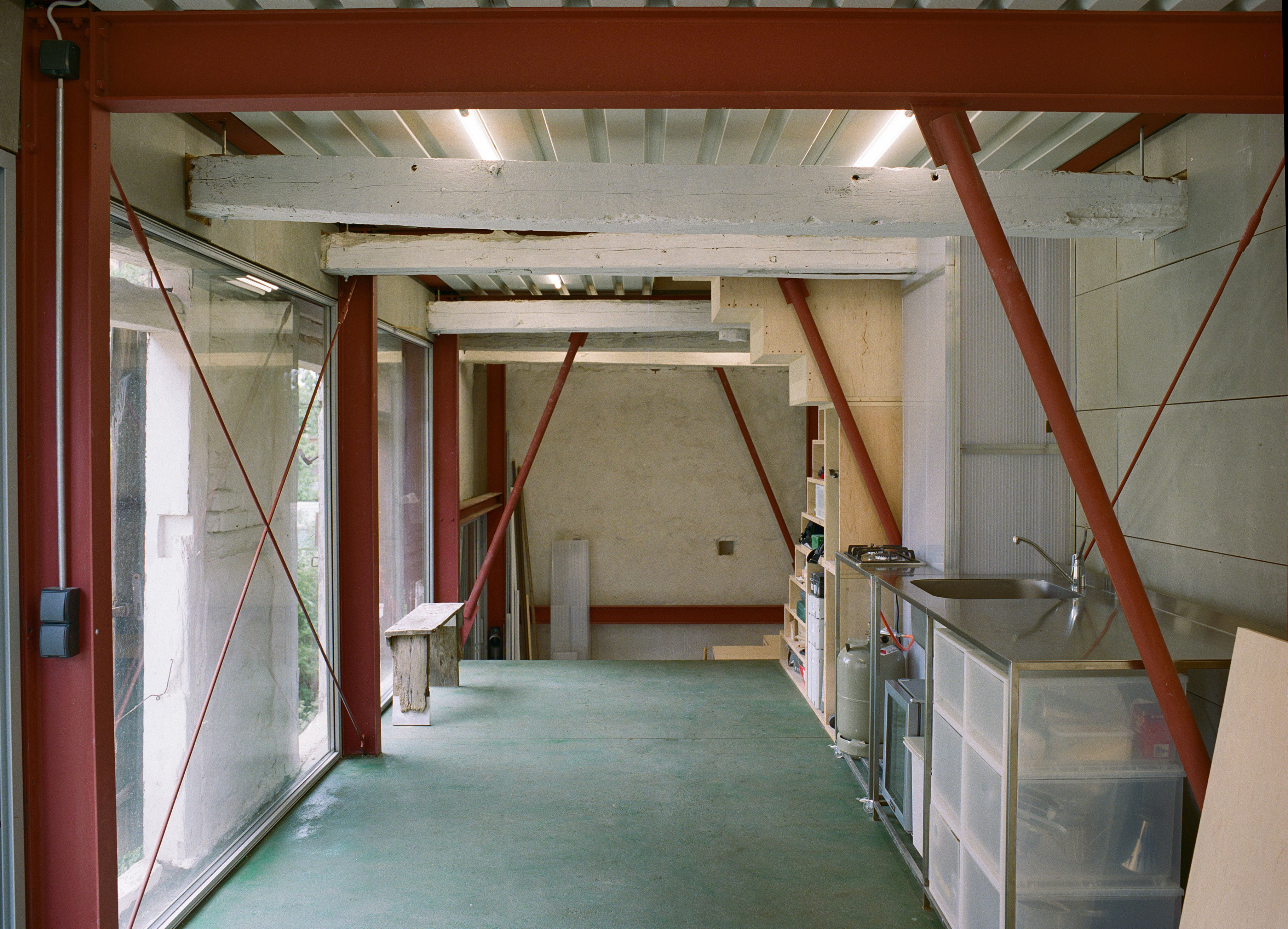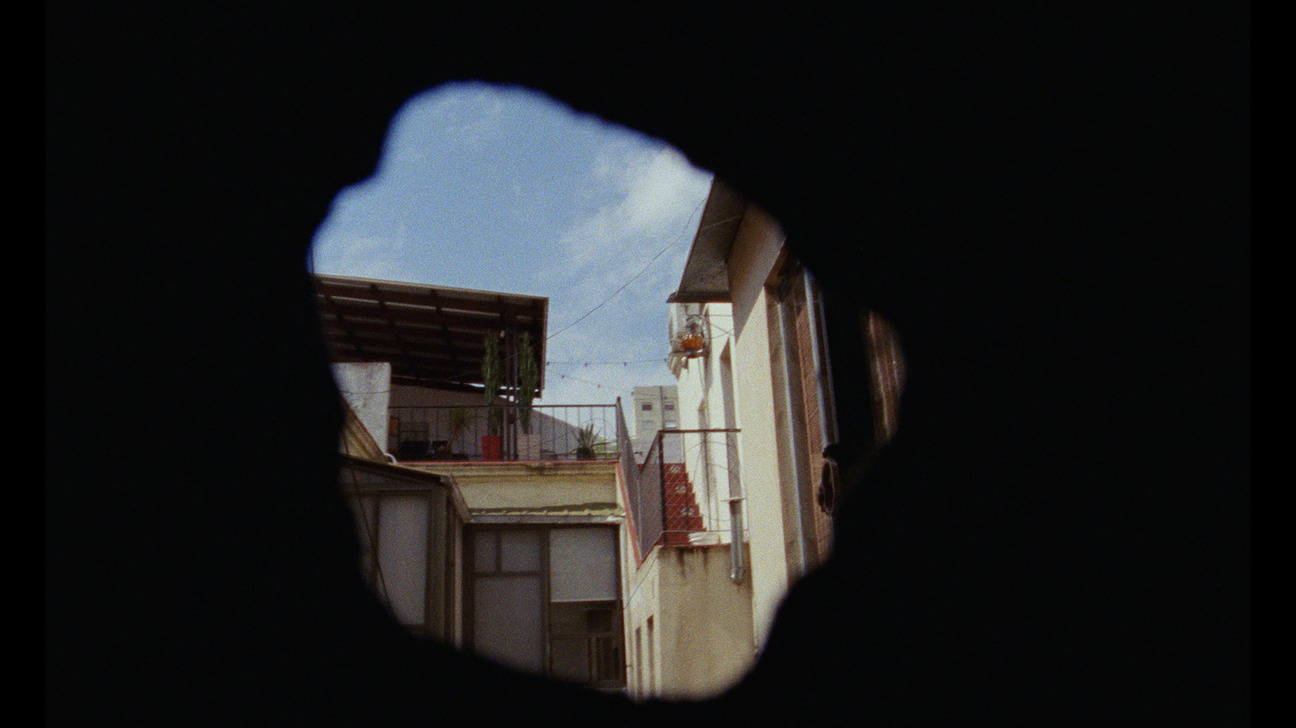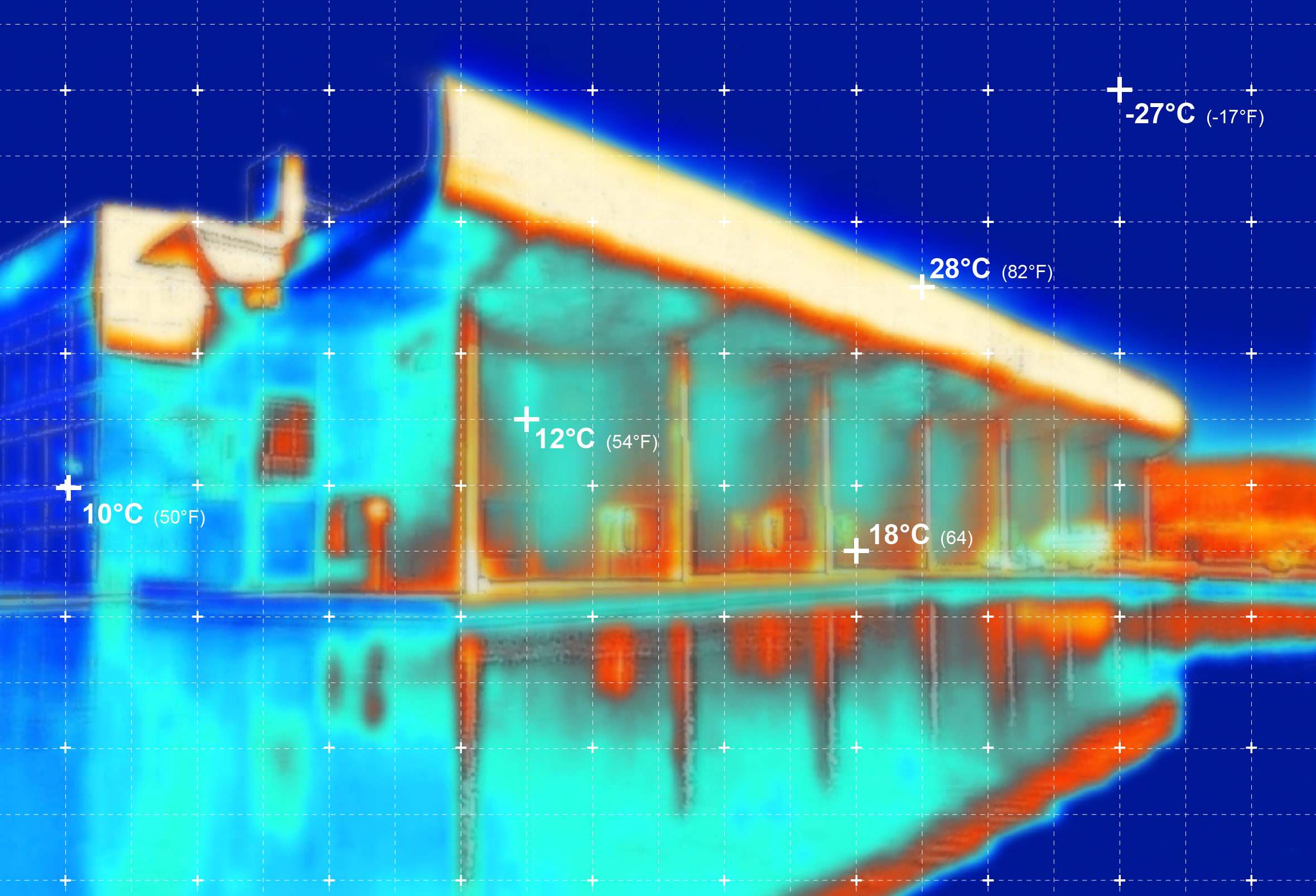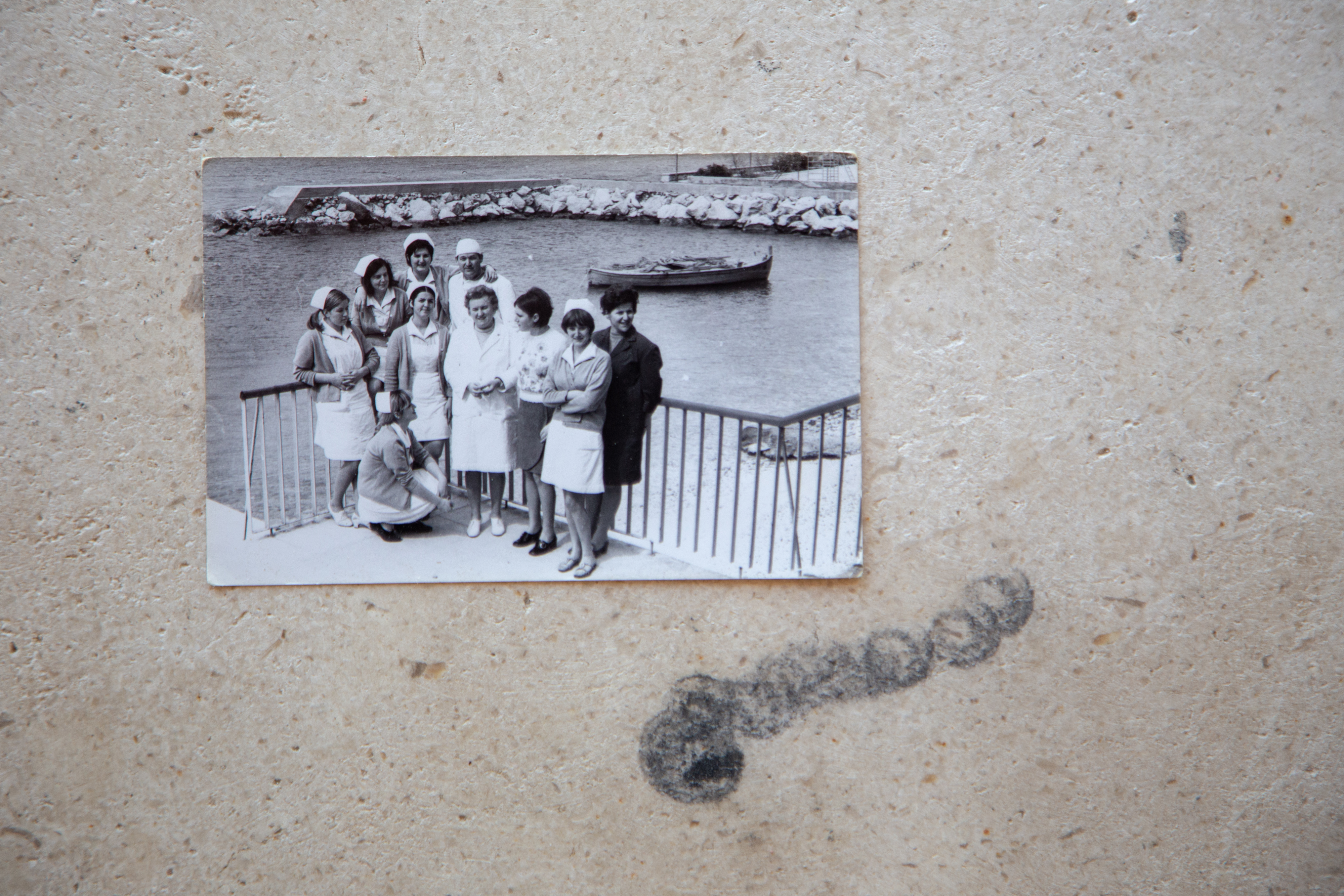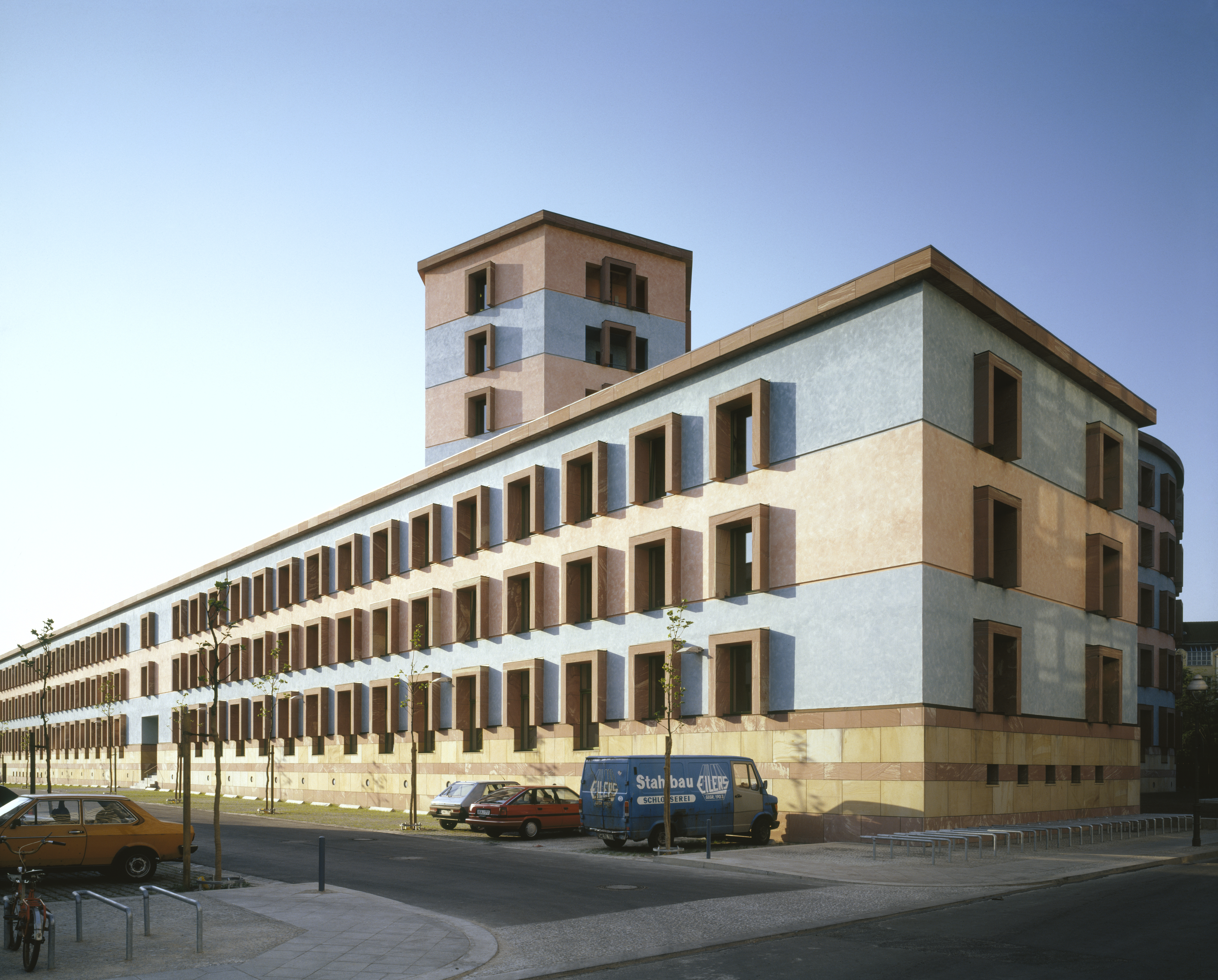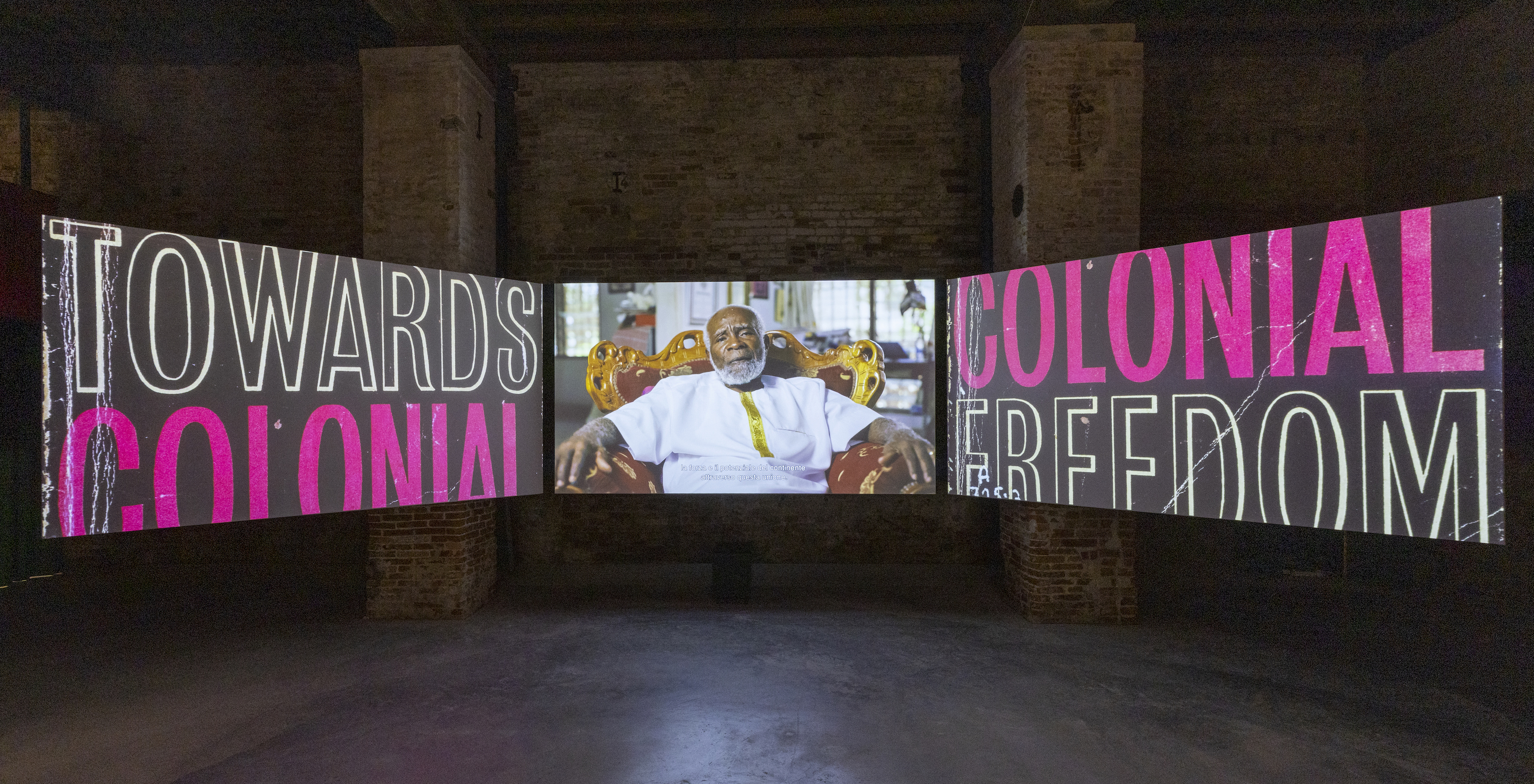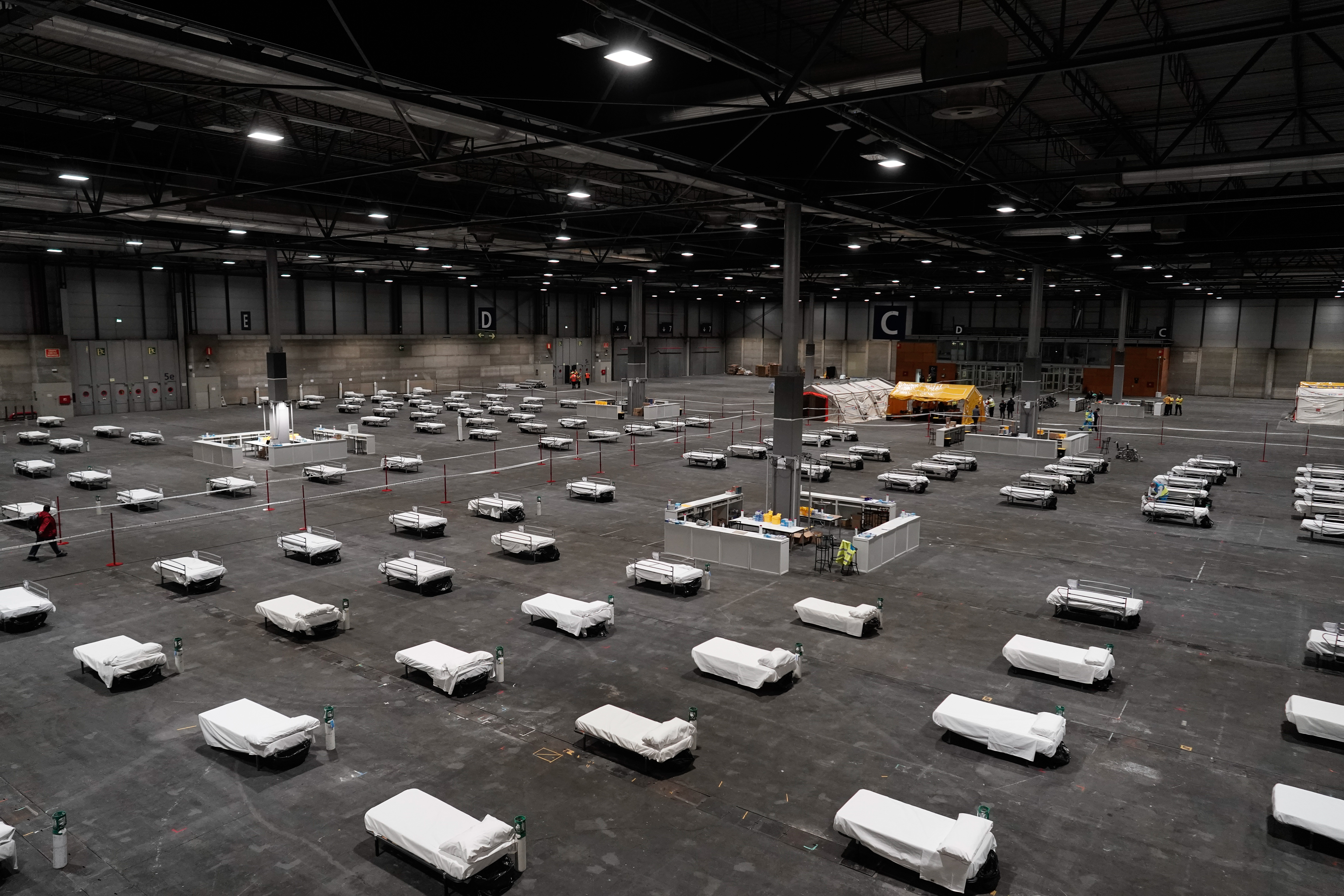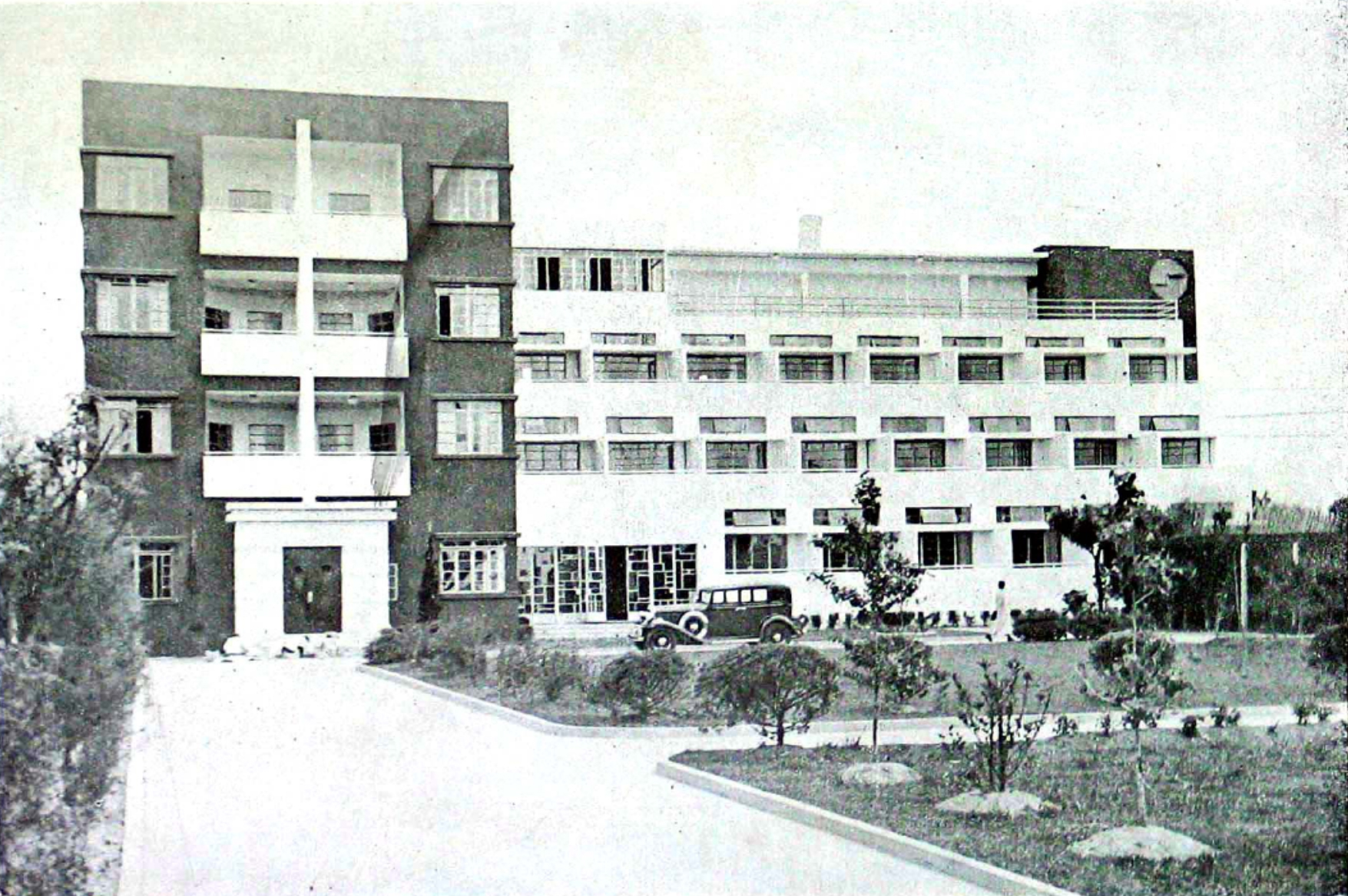I saw David Maljkovic’s exhibition in Rome on the same day the Italian association of contemporary art museums (A.M.A.C.I.) had called for a general meeting in the capital, to discuss the impact of the economic crisis and protest against the government’s indifference toward all its requests. The assembly was held in the open-air courtyard of the MAXXI, under the imposing volumes of Zaha Hadid’s concrete mammoth, which opened just two years ago. With its futuristic design and uncertain future, the museum looked uncannily akin to one of the deserted memorials often represented by Maljkovic. And some of the past questions posed by Maljkovic’s trilogy Scene for a New Heritage (2002–06) were suddenly a thing of the present: what happens when a "progressive" project faces the obsolescence of its ideology, when the (intellectual, political, financial, emotional) investment in it fades away? What new strategies of display and encounter with its viewer might be imagined? Despite all the "maximizing" architectural efforts of the last decade, contemporary art institutions—in Italy, at least—are still largely "invisible" to the general public. If they were to disappear tomorrow due to a lack of funding, who would notice anyway? After all, scientists have supposedly proven that people will ignore a gorilla in the room if it’s not the focus of their attention.
Disappearance and invisibility are a popular anthem lately. In no particular order, I’m thinking of the revival of interest in Robert Barry’s works with radio waves (Carrier Wave, 1968), gas (Inert Gas Series, 1969), and telepathy (Telepathic Piece, 1969); in Lyotard’s "Les immatériaux" at the Centre Pompidou (1985); the recent "Invisible: Art about the Unseen" at the Hayward Gallery; the empty ground floor of the Fridericianum at Documenta 13 inhabited by Ryan Gander’s breeze [I Need Some Meaning I Can Memorize (2012)]; the ongoing cycle of exhibitions "The Way Things Go" and, specifically, Adam Carr’s "We Will Disappear You" at Frutta Gallery, Rome. The dematerialization of the art object is nothing new, but the digital age’s new declinations of the subject certainly are, as we all come to terms with the loss of permanent supports for images and memory. It is also, I suspect, an unconscious device for turning art’s relative weakness into a strength, reassuringly affirming that less is more—a modernist credo still going strong.
Born in Croatia in 1973, in time to witness the dissolution of Tito’s Yugoslavia and the subsequent, traumatic Balkanisation of the area, Maljkovic built his research upon the grammar of modernism, utopic visions, and alternative display strategies. A primary source of inspiration for him has been the Croatian collective EXAT (Experimental Ateliers)-51, whose practice involved experimental art, design, and architecture. In particular, Maljkovic has focused on the work of one of the group’s founding members, architect Vjenceslav Richter, ranging from sculptures to exhibition pavilions and stage design. Nonetheless, while working his way across an impressive lineup of recent exhibitions—Secession, Vienna; Sculpture Center, New York; Kunsthalle Basel, and "Sources in the Air," the travelling mid-career survey now at Van Abbemusem, Eindhoven—the artist has progressively emptied his signature tableaux of visual references, enhancing instead, in installations, the basic supports for showing and experiencing art (lighting, props, vitrines), i.e., its mise en scène. The same or similar titles for works began resurfacing in ever-changing combinations, as multiple versions. "The act of repurposing aligns with procedures of reformatting and transcoding—the perpetual modulation of preexisting files," writes Claire Bishop in the last issue of Artforum. Hence, Maljkovic reacted to inflation and overexposure by subtraction and repetition, thus exploiting the potential of a form to resonate across time well after its transitory debut.
T293 chose Maljkovic to inaugurate its new spaces in Rome, a few steps away from the Colosseum. The artist responded to the invitation by "effacing" almost entirely the spotless white cube signed by architects RestartMilano: the installation which gives the exhibition its title, A Long Day for the Form (seen also at Maljkovic’s recent, eponymous solo at Sprüth Magers in Berlin), occupies most of the space. It consists of a large plasterboard volume attached to the ceiling, from which hangs a small geometric composition of wooden tablets, circumfused by the pinkish glow produced a spotlight at its back, and accompanied by the haunting sound of chirping crickets. Nonetheless, upon entering the gallery it’s hard to notice it, since Maljkovic positioned all his works along the line which bisects the space, so that if one is standing on it, the first work cancels the second, and the second the third. In the beginning, one sees and hears only Temporary Projection (2012), a 16mm film-less projector mounted on a cement plinth, whose flux of light is directed towards the wall and two minuscule red drawing pins: son et lumière (sound and light) are, after all, the essence of all spectacle on screen. The third and last work, Images with Their Own Shadows (2009, a title replicating that of a film shot by Maljkovic in 2008 in Richter’s studio), is both visible and invisible, as it is intermittently lit by a white neon light: inside a window-like showcase, the artist pinned at random some tiny cut-outs with the printed titles of Richter’s vanished works. Vanished or lost: is there a difference in the end? Lost, in other words, but found again in Maljkovic’s index, the reappearance of disappearance, evermore.
